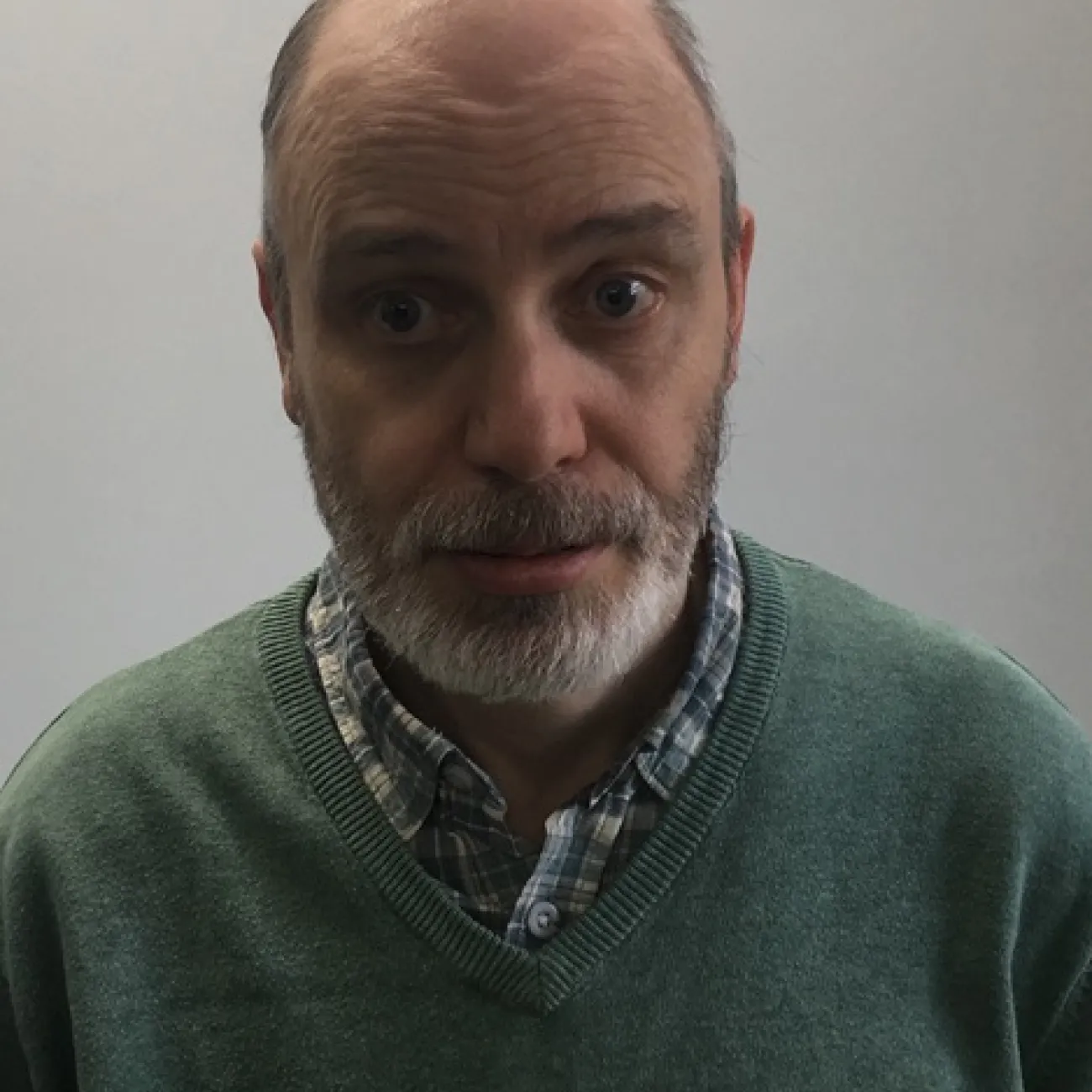About
Dr KF Goddard is a research fellow in Electrical Power Engineering. His main interests are in power-frequency electromagnetic fields and devices, and in numerical modelling.
Perhaps his most significant work concerns the calculation of losses in armoured 3-phase power cables. This is important, because the methods defined in the relevant IEC standard cannot be trusted for such cables.
In addition to electromagnetic modelling, he does some thermal modelling and modelling of associated convective flow.
His recent work all relates to power cables or to power transformers. However, he has done design and modelling for rotating electrical machines and for novel electromechanical devices.
Research
Research groups
Research interests
- Numerical Modelling
- Electromagnetic Fields
- Power Cables
Current research
My latest project was to develope calculation methods for positive-sequence and zero-sequence impedances of AC submarine cables. These parameters are needed to program invertors that will be connected to the cables. For this purpose, values are required over a relatively large frequency range. The method chosen for calculating positive-sequence impedances is taken from my earlier work on losses in such cables, with only minor modifications. For calculation of zero-sequence impedances, a different approach was chosen; this method is based on a paper that was already being used in the industry. I have extended this method as far as it will go; I have alsomade some corrections to the method that we took from the literature. For verification of our simplified models, 3D finite-element models were used; these were based on one taken from the Comsol website. After changing its input parameters to represent a different cable, we found that the mesh did not look as goodas it did before and was not adequate for use at the much higher frequencies required for our application. As they had used a relatively complex meshing procedure to cope with the complex geometry of such cables, refining the mesh required more work than might be expected. To adapt the model to represent zero-sequence currents, I added a 2D component to represent the exterior regions and coupled this to the main 3D component. We intend to publish a paper on this work,
Work for this project included a critical review of IEC 60287-1. I found that the errors that we had identified in our paper had not been fixed in the 10 years since we published the paper; moreover, new errors have been introduced in the 2023 revision.
Publications
Pagination
Teaching
I did a little teaching of electromagnetism some years ago, but have not done any teaching recently. However, I have recently contributed to coursework development for my manager; my greatest contribution was to modules on rotating electrical machines.
Biography
Through most of my career, my work has involved calculation, modelling or simulation to estimate the performance characteristics of various electromagnetic devices. At times, my work has also involved the design and/or testing of such devices. In earlier years, most of my work related to rotating electrical machines, whereas most of my recent work related to power cables and transformers. Particular areas of expertise include finite element modelling using a number of commercial software suites and the development of bespoke codes using platforms such as Matlab.
Produced object-oriented Matlab models to simulate transient voltage and current waveforms in the conductors, sheaths, and sheath-voltage limiters of high-voltage cable systems. To determine the transient characteristics required for the cables in the Matlab models, I used 2D steady-state finite-element models together with additional Matlab code.
Worked on checking the design of a proposed HVDC test supply for problems. Mostly, this involved finite-element modelling with Comsol, either to estimate their circuit equivalent parameters, or to estimate the maximum field or temperature in each material. Did some unofficial design work to make the preliminary arrangement drawings suitable for the modelling requested.
Worked on a project related to exploitation of the overload capability of transformers. Used finite-element modelling to understand the impact of loading on the flux densities in a transformer core. Proposed a simple method of estimating the fair price for overloading a transformer, based on the marginal cost of accelerated ageing with respect to load.
More recently, I worked on a simplified thermal model for transformer temperatures that uses a circuit representationof both heat flow and oil flow. This avoids the need for geometric data that is usually unavailable; most of the required input data can be obtained from most type-test reports.
Worked on the calculation of electrical losses in high voltage power cables of the type used to connect wind farms back to the onshore electricity transmission grid. Developed a series of new analyticaland numerical models (in Excel and Matlab) capable of calculating losses in armoured AC cables. While the international standard for calculating continuous ratings of cables (IEC 60287) provides calculation methods for losses in most types of power cables, there are fundamental flaws in the methods defined for this type of cable; this has a significant impact on the cable sizing calculations done for offshore wind farms. It was hoped that the improved models developed will reduce excessive conservatism in the sizing of such cables, and thus reduce their cost. Authored a paper describing our method and the problems with the armour-loss expression in the standard.
Much of my recent work concerned modelling the electricallosses and cooling of power cables. Efforts to decarbonize the UK economy have greatly increased the need for such work. In addition to the need for new cables to connect offshore wind turbines to the national grid, there are rapid changes in the typical loading patterns on existing National Grid circuits; recent projects arose from both of these changes.
Worked on modelling cooling of cables in tunnels. As direct application of 3D finite-element analysis to model long cable tunnels is impractical, they were used mostly to produce matrix data for use in 1D Matlab models.
